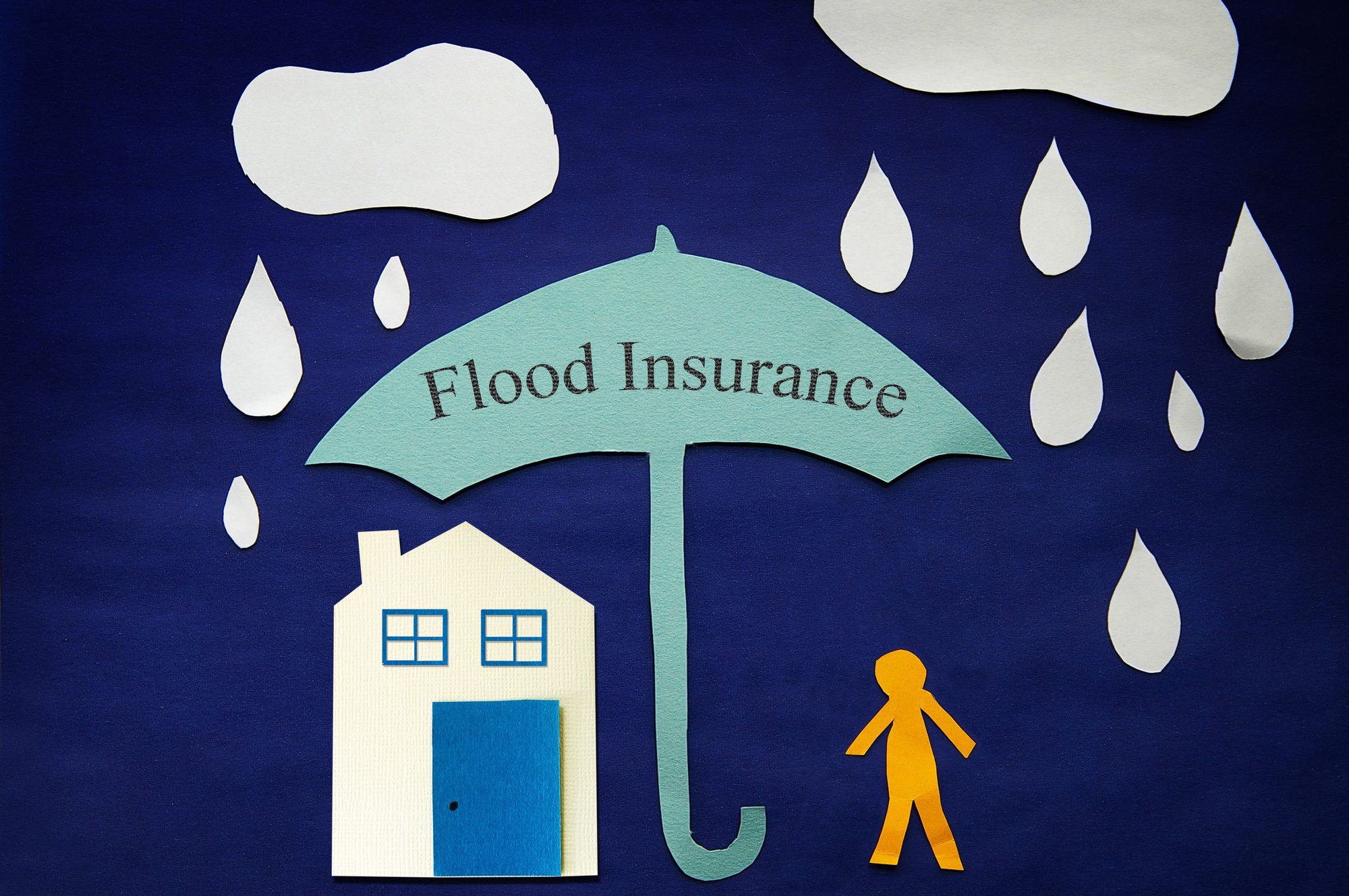As the Earth evolves, floods and extreme weather events can be increasingly more common. Since 1980, there have been 341 weather-related events costing Americans nearly $2.5 trillion.
In 2018, there were 18 natural disasters. These weather events resulted in financial losses north of $1 billion.
Flood insurance is one way to protect yourself. It covers structural damage, personal property, and other losses due to flooding. It’s especially important in coastal states where flood risk is high.
In most cases, a basic flood insurance policy will cover the following:
- The structure of your home or business property
- Personal property such as furniture, appliances, and other items
- Additional expenses incurred to remove debris and restore damaged property
- Replacement cost or actual cash value for lost or damaged personal property
- Living expenses if you are forced to vacate your home due to flooding
What Are Flood Areas?
Flood areas refer to locations that are prone to flooding. These locations are typically identified using FEMA’s Flood Insurance Rate Maps (FIRMs). The maps show the level of risk in different regions, along with the cost of insuring against floods.
Those who live or work in high-risk flood zones may be required by their mortgage lender to purchase flood insurance. It’s also important for homeowners and business owners in low- and moderate-risk areas to consider purchasing coverage as well.
What’s Included in Flood Insurance?
There’s no need to shop around for policies backed by the National Flood Insurance Program. All FEMA-approved insurance providers use the same rating factors to calculate their premiums, so you won’t find a better deal from one carrier over another. Generally, all policies include coverage for water damage caused directly by flooding, storm surge, mudslides, and other disasters.
Most policies also cover the cost of repairing or replacing your home if it is damaged or destroyed due to a flood. This includes the structure itself as well as any detached structures on your property like outbuildings and garages.
Policies may also cover additional living expenses if you are forced to temporarily vacate your home while repairs are being made.
Flood insurance often covers personal items such as furniture, art, electronics, and clothing that have been lost or damaged due to flooding. These policies typically pay either the replacement cost or the actual cash value of lost and damaged items, which is determined by age, condition, and replacement availability.
It’s also important to note that flood insurance does not typically cover damage from surface water runoff caused by heavy rains, wear and tear from groundwater seeping into your home, or damage caused by subsurface water.
Who Offers This Type of Insurance?
Flood insurance is available through the National Flood Insurance Program (NFIP) which is administered by FEMA. Most major homeowners and renters insurance companies also offer flood coverage as an optional add-on to existing policies. As stated earlier, FEMA-approved insurance providers use the same rating factors to calculate their premiums, so you won’t find a better deal from one carrier over another.
Finally, it’s important to remember that flood insurance is only useful if you purchase it in advance – it typically does not go into effect until 30 days after purchase. Make sure you plan ahead and get covered! With flood insurance, you can have peace of mind knowing your home and personal items are protected from rising water levels and other forms of flooding.
Your Guide to Purchasing Flood Coverage
Getting flood coverage is an essential part of protecting your home and possessions from the devastating effects of flooding. Here’s a step-by-step guide to help you get started:
- Determine Your Risk Level – The risk level for each property is determined by FEMA and marked on their Flood Insurance Rate Maps (FIRMs). Be sure to review these maps carefully so you know what type of area your property is located in.
- Choose Coverage Levels – Decide on how much insurance coverage you need, taking into account the replacement cost of your home and its contents.
- Find A Provider – Major homeowners or renters insurance companies will typically offer some form of NFIP coverage or private flood insurance.
- Purchase Coverage – After you’ve selected a provider and coverage levels, complete the purchase process and make sure your policy starts as soon as possible.
With this guide, you can start protecting your property with flood insurance today! Doing so will help you avoid costly damages from flooding and protect your home from rising water levels. Be sure to consult with a knowledgeable insurance agent at Tom Needham Insurance if you need more advice.
** The information provided in this blog is intended for general informational purposes only. It does not constitute professional advice, legal guidance, or any specific recommendations. **

